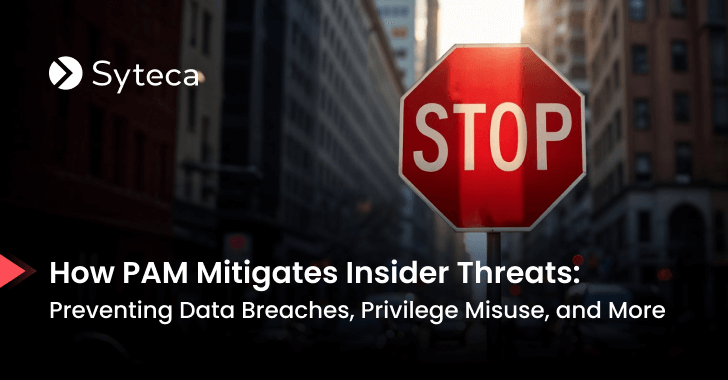When considering cybersecurity risks, many people envision external hackers infiltrating networks. However, some of the most severe breaches originate from within organizations themselves. Whether due to negligence or intentional malice, insiders can expose an organization to significant cybersecurity risks.
According to the 2024 Data Breach Investigations Report by Verizon, a substantial 57% of companies experience over 20 insider-related security incidents annually, with human error contributing to 68% of data breaches. Furthermore, the 2024 Cost of a Data Breach Report by IBM Security reveals that insider attacks result in the highest costs, averaging USD 4.99 million per incident.
Understanding Insider Threats
An insider threat refers to the potential for individuals with authorized access to an organization’s critical systems to misuse their access, thereby harming the organization. The most concerning aspect is that insiders are already within the IT perimeter and are familiar with internal security protocols, making their illicit activities harder to detect.
Insider threats can be categorized into three primary types:
- Malicious insiders – employees or contractors who intentionally abuse their access for financial gain, sabotage, intellectual property theft, or espionage.
- Negligent insiders – careless employees who mishandle credentials, share passwords, or violate cybersecurity policies.
- Compromised insiders – legitimate users who have been deceived by an external attacker.
The consequences of insider threats can range from financial losses and damage to reputation to severe penalties for non-compliance with critical cybersecurity laws, regulations, and standards such as GDPR, NIS2, or HIPAA.
What makes insider threats particularly dangerous is the level of access certain users have within an organization. Not all accounts are created equal; privileged accounts, in particular, pose an increased risk.
For instance, in December 2024, an insider threat incident occurred within the U.S. Treasury Department when members of Elon Musk’s Department of Government Efficiency (DOGE) team were mistakenly granted elevated access to critical payment systems. The DOGE team had the ability to read and modify sensitive system codes, which could lead to serious consequences for the U.S. Treasury Department and its clients.
This situation highlights the necessity for robust Privileged Access Management (PAM) solutions to prevent unauthorized access and potential system compromises.
The Liability of Privileged Accounts
Accounts with elevated permissions are among the most desired targets for both insiders and external attackers. These accounts often have access to sensitive systems, enabling users to modify configurations and interact with critical data. When mismanaged, they can lead to privilege escalation, data exfiltration, operational disruptions, and other security incidents.
By implementing PAM best practices and utilizing dedicated solutions, organizations can considerably reduce their attack surface and minimize the risk of insider-driven breaches.
Explore PAM’s transformative impact on businesses in the white paper The Cyber Guardian: PAM’s Role in Shaping Leadership Agendas for 2025 by cybersecurity expert and former Gartner lead analyst Jonathan Care.
How PAM Mitigates Insider Threats
Privileged access management solutions empower organizations to control, monitor, and secure privileged access effectively. Here’s how PAM helps neutralize insider risks:
1. Identifying and Managing Privileged Accounts
A common challenge for organizations is the lack of visibility into existing privileged accounts, creating security blind spots. If you’re not aware of some privileged accounts within your environment, you can’t secure them.
Advanced PAM solutions help automate privileged account discovery, identifying hidden and orphaned accounts within your environment. By continuously scanning and onboarding unmanaged privileged accounts, you can significantly reduce overlooked access points that could be exploited by malicious actors.
2. Supporting the Principle of Least Privilege
One of the core tenets of PAM is the principle of least privilege (PoLP), ensuring that employees, contractors, or service accounts are only granted the access they require to
Source Link








